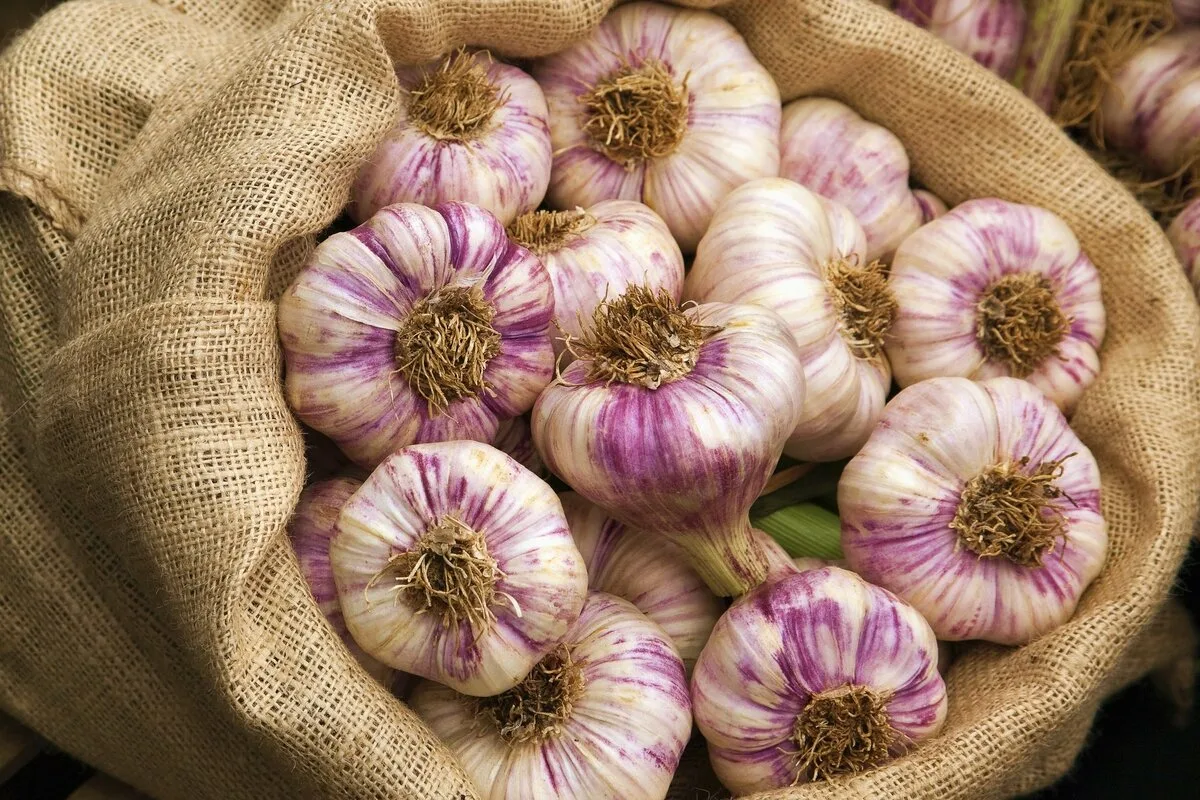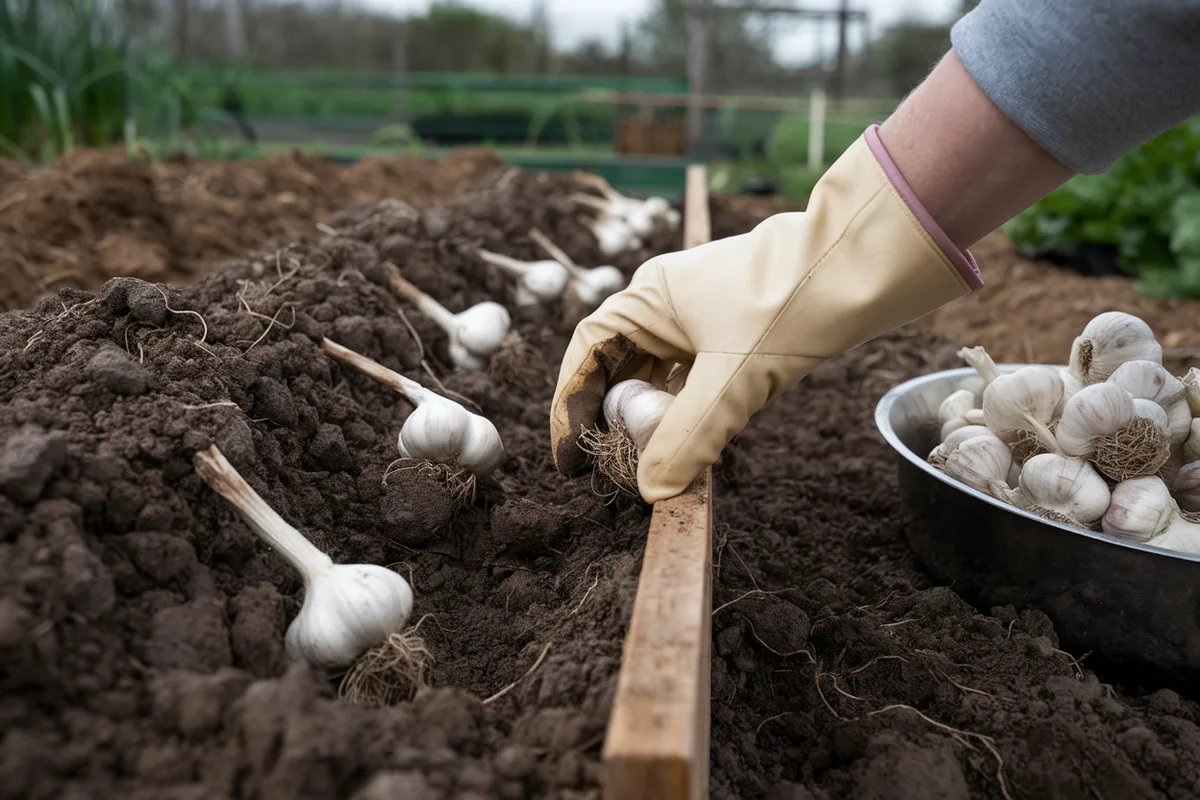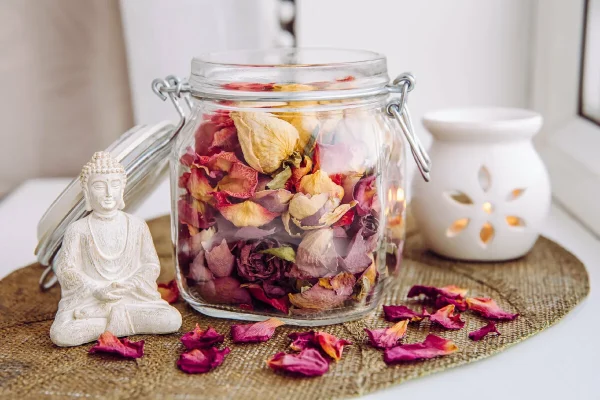Planting garlic before winter is one of the most important stages of autumn work in the garden.
The future harvest depends on how well the plot is prepared and how well the simple rules are followed. Despite the fact that this crop seems unpretentious, even experienced gardeners make mistakes when planting it. As a result, weak shoots appear in the spring, and in the summer, instead of large heads, small and loose ones grow.
Common mistakes when planting garlic
Planting in the same place for several years in a row
Garlic is extremely sensitive to depleted soil and the accumulation of diseases. If you plant it in the same bed, the yield will gradually decrease. The optimal return interval is at least 3-4 years. The best predecessors are cucumbers, pumpkins, squash, and herbs such as cilantro and parsley. Undesirable predecessors are potatoes, tomatoes, beets, and carrots.
Dense planting
Gardeners often try to fit as many cloves as possible into a small area, forgetting that garlic likes space. For small cloves, the distance should be about 8 cm, for large ones – 12-15 cm. When planted closely together, the plants compete for nutrients and moisture, which leads to a decrease in the quality of the heads.
Planting cloves without husks
Some believe that peeled cloves will take root faster. In fact, the opposite is true: the husk serves as a natural protection against fungi and rot. In addition, the head should only be separated before planting so that the cloves do not dry out. Another important step is disinfection. Soaking in a weak solution of potassium permanganate or salt water for 1-2 hours significantly reduces the risk of disease.
Incorrect fertilisation of beds
In autumn, garlic should not be fed with nitrogen fertilisers: they provoke the growth of green mass, which dies in frost. Autumn beds are best fertilised with phosphorus-potassium fertilisers and humus. Nitrogen compounds are applied in spring when the plants start to grow.
Comparison of correct and incorrect actions
Mistake Consequence Correct solution
Planting garlic in one place – Soil depletion, disease – Return to the bed no earlier than in 3-4 years.
Overcrowded planting – Small and loose heads – 8 cm between small cloves, 12-15 cm between large cloves.
Planting peeled cloves – Rot and disease – Plant only with the husk, separate before planting.
Nitrogen fertilisers in autumn – Growth of greens, death in winter – Apply only phosphorus and potassium, nitrogen – in spring.
Step-by-step tips
- Choose a sunny spot with loose soil.
- Prepare the beds: add humus and superphosphate.
- Separate the heads into cloves just before planting.
- Soak the planting material in a solution of potassium permanganate or salt.
- Plant to a depth of 6-8 cm for small cloves and up to 10 cm for large ones.
- Maintain a distance of at least 25 cm between rows.
- After planting, mulch the soil with peat or dry leaves.
Mistake → Consequence → Alternative
- Mistake: planting garlic in acidic soil.
- Consequence: plants lag behind in growth and become diseased.
- Alternative: add lime or dolomite flour in advance.
- Mistake: planting too late, in November.
- Consequence: the cloves do not have time to take root.
- Alternative: plant 3-4 weeks before frost.
- Mistake: using fresh manure.
- Consequence: development of fungal diseases.
- Alternative: apply only well-rotted humus.
What if you plant garlic in the spring?
Spring garlic also produces a harvest, but it does not store as well and rarely grows large. Winter garlic forms more powerful heads, and in the spring, the plants use the strength accumulated over the winter. Therefore, spring planting is more of a backup option.
Pros and cons of planting garlic before winter
Larger heads – Risk of freezing in severe frosts
Early harvest – Requires the right planting time
Less care in spring – Need to choose the site carefully
High shelf life during storage – Susceptible to disease if rules are violated
FAQ
When is the best time to plant garlic before winter
3-4 weeks before sustained frosts. In the middle lane, this is late September – early October.
What garlic to choose for planting
Only winter garlic. It has larger cloves and high resistance to cold.
Is it necessary to mulch the beds
Yes. Mulch protects against freezing and retains moisture. Leaves, peat, and straw are suitable.
Myths and truths
- Myth: Garlic grows in any conditions.
- Truth: This crop is demanding in terms of crop rotation and soil quality.
- Myth: The deeper you plant the clove, the larger the head will be.
- Truth: Planting too deep slows down the plant’s development.
- Myth: You don’t need to fertilise in autumn.
- Truth: without soil preparation, garlic will grow small.
3 interesting facts
- In Ancient Egypt, garlic was considered a symbol of strength and was given to slaves during the construction of the pyramids.
- In Russia, garlic has long been used not only for food, but also as a talisman against evil forces.
- Winter garlic varieties can withstand frosts down to -35 °C under good snow cover.
Historical context
- The first mentions of garlic are found in Sumerian cuneiform texts more than 4,000 years ago.
- In ancient times, garlic was used as a medicine to strengthen the heart and blood vessels.
- In the 19th century, garlic began to be actively cultivated in Russia as one of the main seasonings for traditional cuisine.
Proper planting of garlic before winter is an investment in a future harvest that will delight you with large, strong and fragrant heads.






